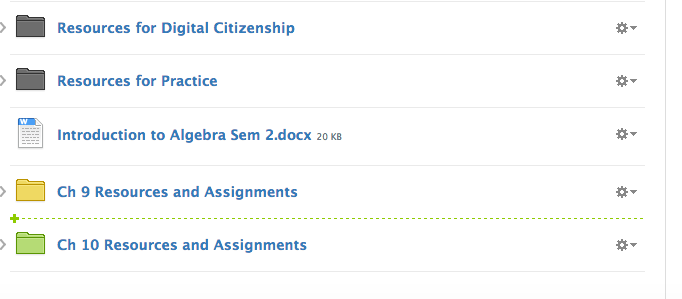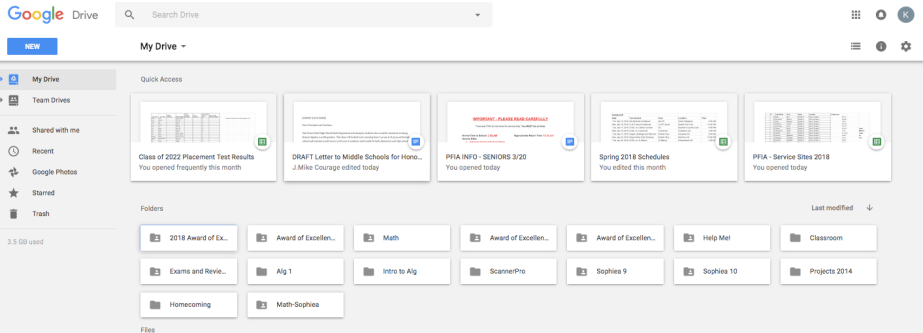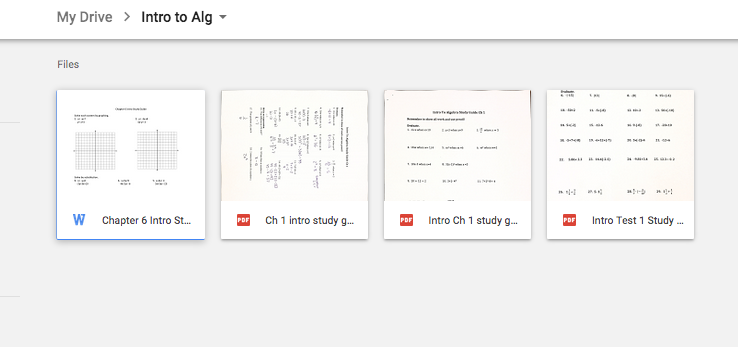Digital Citizenship is so important in the time that we live in. Often I hear people from my generation say, “I’m so glad that we didn’t have social media when we were in school!” On the positive, students have easy access to so many resources, but with this access comes responsibility and risks. Looking at the Nine Elements of Digital Citizenship nearly all of them apply to my students on a daily basis. However, the one aspect that most resonated with me was Digital Etiquette. Since our students all have IPADs, it is so important to know how to use them responsibly. There have been numerous instances of students texting mean comments, playing games at inappropriate times and cheating by sharing test questions digitally. While they know that all these instances go against our Acceptable Use Policy, I think they need to be taught digital etiquette.
I immediately started looking up resources and the first site I found had the best description of digital etiquette and the choices our students make on a daily basis. “These choices include viewing age appropriate websites, communicating with others in a courteous and respectful manner, respecting others’ views and material, and using technology during the appropriate times and in the appropriate settings. In addition, students must avoid engaging in inappropriate behaviors such as harassing, threatening or flaming others, cyber bullying, posting or sharing personal and private information and using inappropriate language.” http://areyouadigitalcitizen.weebly.com/digital-etiquette.html We can’t assume that students know exactly what is expected so we need to teach this and provide resources for them. I made a folder on my class schoology page for digital citizenship. In this folder, I am posting a variety of resources for my students to refer to. In doing this, I am addressing some of the ISTE-T Standards. I am (3) modeling digital age work and learning by showing them appropriate use of technology in my classroom and out, as well as (4) promoting and modeling digital citizenship and responsibility by providing them with the resources they need in an accessible place. KNowing that they need to use the same ethics they would use in a paper and pencil, face to face world when using their IPADS is essential.
Modeling for my students not only the expectations I have for them in my classroom such as being kind to each other, staying on task and not sharing tests, will help them in their future digital interactions as well. These lessons also touch on the CITW 9. They allow me to set objectives for my students and give them feedback if they aren’t demonstrating Acceptable Use. I can also recognize students when they are and aren’t following those students who aren’t. They are becoming their own people. Lastly, it promotes cooperative learning in an environment where all are accepted and can act with digital responsibility



